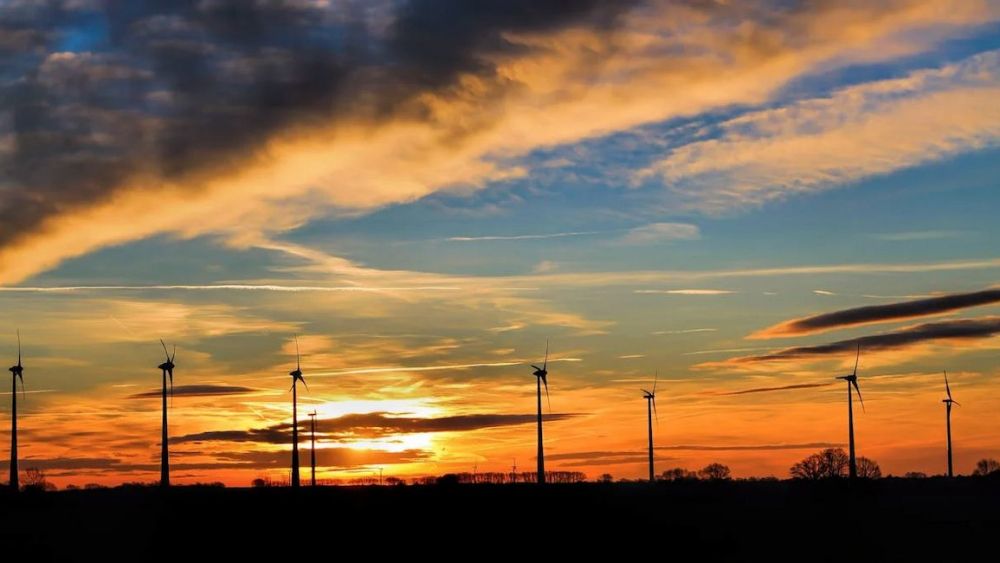The energy transition is not only an urgent response to the climate crisisIt is also a concrete opportunity to protect one of the most valuable resources of the planet: the water.
In a world where fresh water is becoming scarcer and scarcer, changing the fossil fuels by clean energies can make a monumental difference. Only in United Statesthe adoption of an electricity grid based on renewable energy could reduce water use by up to 95% in the energy sector.
The reason for this is clear: fossil fuel technologies, such as coalthe oil and the frackingare highly dependent on water. From the millions of gallons used per well in hydraulic fracturing to the billions that thermal power plants extract daily to cool their systems, the traditional energy industry consumes and pollutes massive amounts of this vital resource. The result is overexploitation of aquifers, thermal pollution in rivers and lakes, and long-term health risks for entire communities.
But the picture may change.
Renewable energies: allies of water
In contrast to fossil fuels, renewable energy sources can be used as a source of energy. clean energy such as solar and wind require little or no water to operate. The only relevant use in the solar energy is related to panel cleaning, a task that represents a tiny fraction of the daily water consumption of fossil plants. The wind turbinesThe water from the water treatment plants generates electricity without a single drop of water.
It is estimated that household use of solar energy could save between 16,000 and 53,000 gallons of water per year per household. On a national scale, this is equivalent to releasing billions of gallons of fresh water that are currently trapped in a unsustainable energy model.
In addition to the water savingIn addition, renewable energies eliminate the risks associated with handling contaminated wastewater, as is the case with fracking wells, which can leach hazardous chemicals into aquifers, affecting the supply of water. drinking water for years, as happened in communities in Texas, Pennsylvania and Wyoming.
Forward-looking transition
The connection between the water crisis and that of the climate is undeniable, and both can be approached with a energy transition fair, sustainable and people-centered. Opting for clean energies does not only mean decarbonizing the economyThe aim is to protect aquatic ecosystems, guarantee access to water and prevent irreversible damage to human and environmental health.
This Earth DayThe need for action is more urgent than ever. Public policies that promote the development of clean energies and a collective commitment can make the energy transition into a powerful tool for the global water security.
Water is life, and renewable energy is a way to conserve it.
Source: earthday.org


